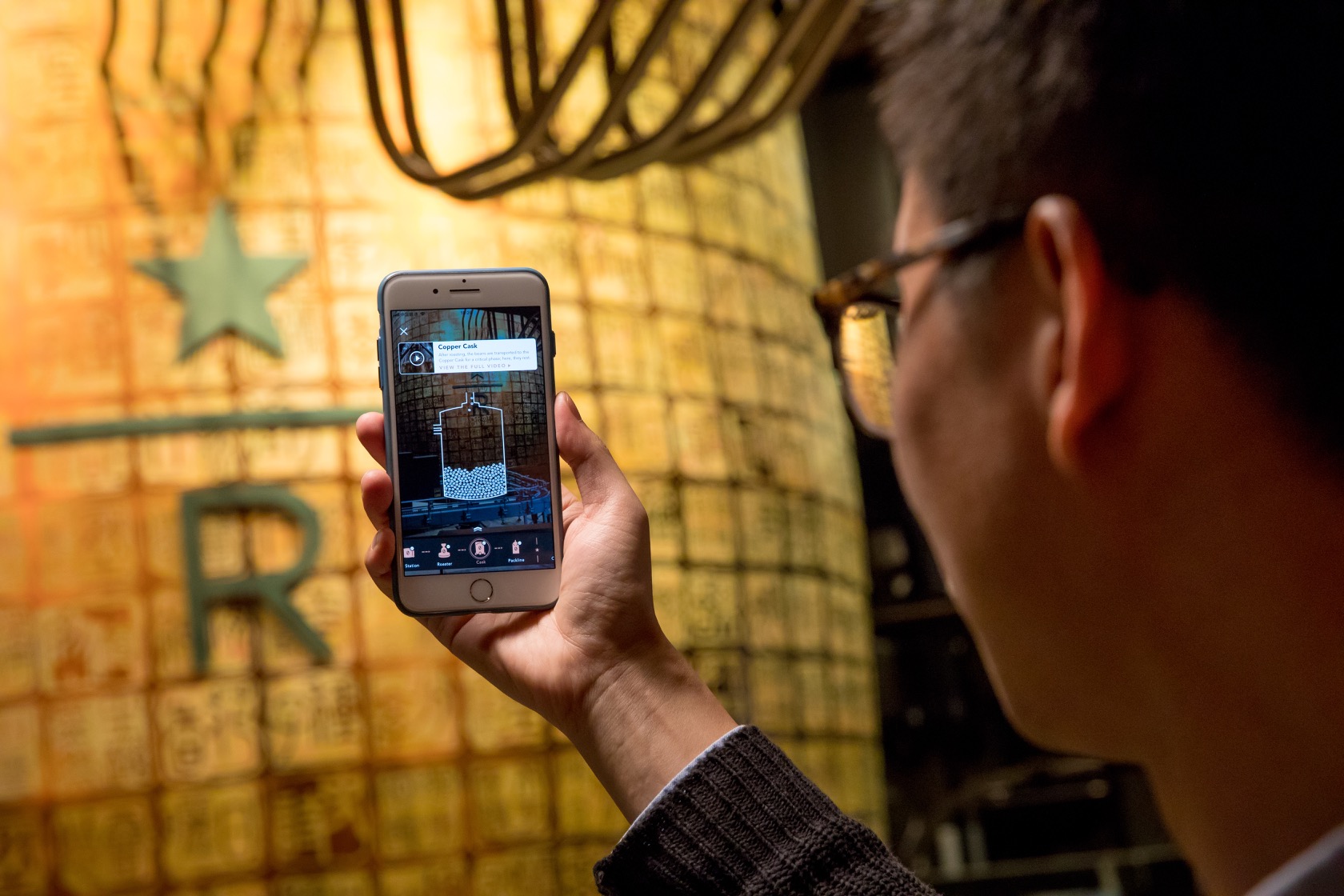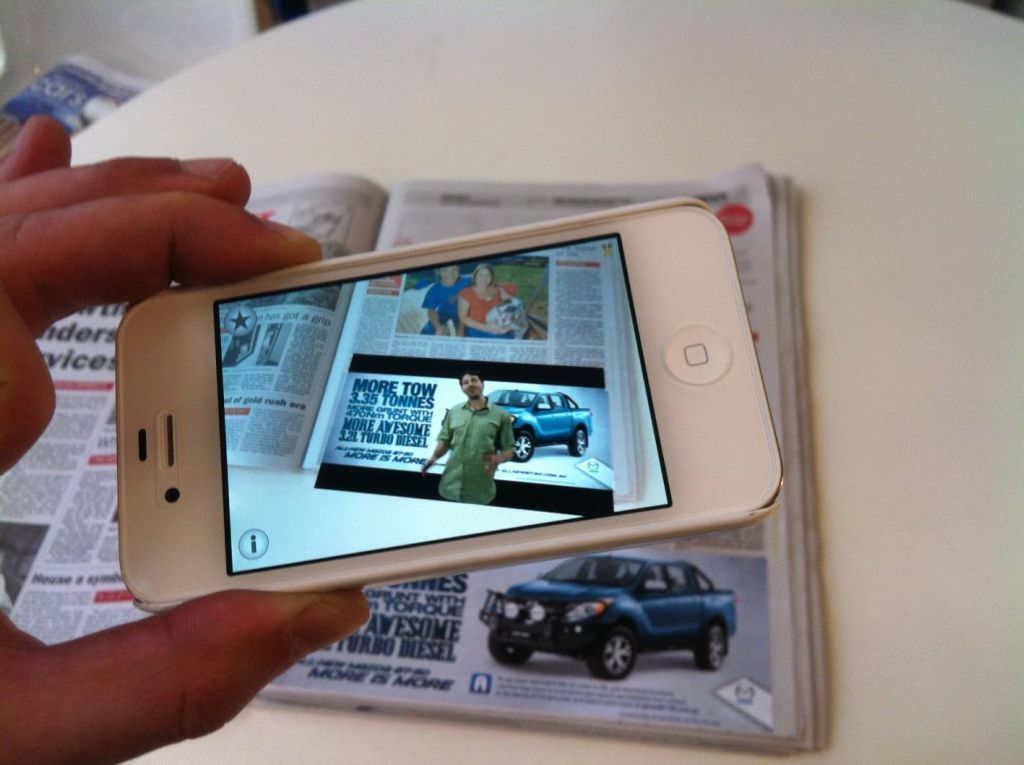How will AR change the marketing trend?
The application of augmented reality (also known as AR) in Marketing Communications is a new breakthrough for the media. AR can appear somewhere: leaflets, word of mouth, newspapers, magazines, books, radio (audio), TV, electronic newspapers, multimedia channels, social networks, v.v.. or export are displayed at the same time in the above channels.
With such outstanding advantages, AR is considered as the most important technology for marketing and marketing in the coming time. Here’s why augmented reality works so well for marketing purposes.
1. Innovation and interest
People want to be entertained. They yearn for new and interesting things. Marketers are always looking for better ways to grab the attention of their customers. New technology, attractive and novel features. It stands out among old-fashioned posters, advertisements, and social media ads. AR has a futuristic, novel, and progressive vibe that many find appealing. Augmented reality intriguing and awakens curiosity. It makes people wonder how it works so and talk about it. AR is a great tool for advertising campaigns to be viral and viral through word of mouth.
Who wouldn’t want to experience what everyone is talking about?
2. Marketing flexibility
AR marketing can be the best form or interface that meets the campaign’s goal. There can be solutions for almost any industry that wants to apply in advertising: retail, automotive, education, healthcare, etc. AR can contain video or still images, 3D models or flat images, informational or entertaining content. Augmented reality marketing isn’t limited to what category, rule, or framework, so customers can always expect something new when opening an AR app.
3. Interoperability
Interoperability is an essential element of AR technology. The digital image integrates with the real world according to the wishes of the user. They find their usual environment enhanced with virtual elements they can change, interact and immerse in. It could be a 3D model of a hotel; they can walk around or arrange furniture, interact with them in a house. All of that is the superiority not only of seeing as traditional methods, increasing the participation of customers significantly.
4. Better customer experience
Nearly 65% of users find ads annoying or compromised, mainly because ads disrupt their performance. It leads to negative perceptions and not much sympathy about the very part of the advertising and the brand being promoted.
Marketing with AR technology, which the user can follow, looks much more appealing than the pop-up banners that block half a news page from wanting to read. Customers feel valued and respond positively to brand references, especially if the advertising is personalized to their needs and preferences, making the experience more enjoyable.
Personalized advertising or marketing isn’t a new thing in marketing, but custom AR ads can take it to the next level. Interactive AR apps can allow users to download for their own media, devices, and create custom content. While still running and promoting the brand or service, the ad will be personal and unique to each customer.
5. AR is the bridge between customers and brands
Augmented reality is also a bridge between customers and brands, will be the convergence of opinions for suppliers to understand customer requirements and respond to each individual. A complete transformation to the customer service style in an age of personalization is at the forefront of marketing campaigns.
Below are some good examples of using Augmented Reality Apps in Marketing Communications.
StarBucks is a prime example of the use of Augmented Reality Apps in Marketing Communications. They showed the customers how the beans were converted to cappuccino. It is an interesting experience for coffee lovers and enthusiasts.
Coca Cola was one of the first major brands to own an AR project. With Timber’s support, the brand naturally communicates 12 stories to its customers.
With an augmented reality – AR app, you can bring any of your printed pages to life. That is why Time, Elle, Top Gear used augmented reality for their problems. Instead of looking at the Top Gear cars at a fixed angle, readers can ride and test them, or see more detail from any angle.
Goertz is based on a vision of making customer shopping fun and more accessible. In the German market, Goertz created a Microsoft Kinect program that lets people try on shoes in real time without going to a store. Customers can freely choose their favorite shoes just by choosing the size and color of the shoes and put them on. Customers can now see every aspect of the shoe in all directions and buy their favorite shoe by scanning the shoe’s QR code and ordering it online.



